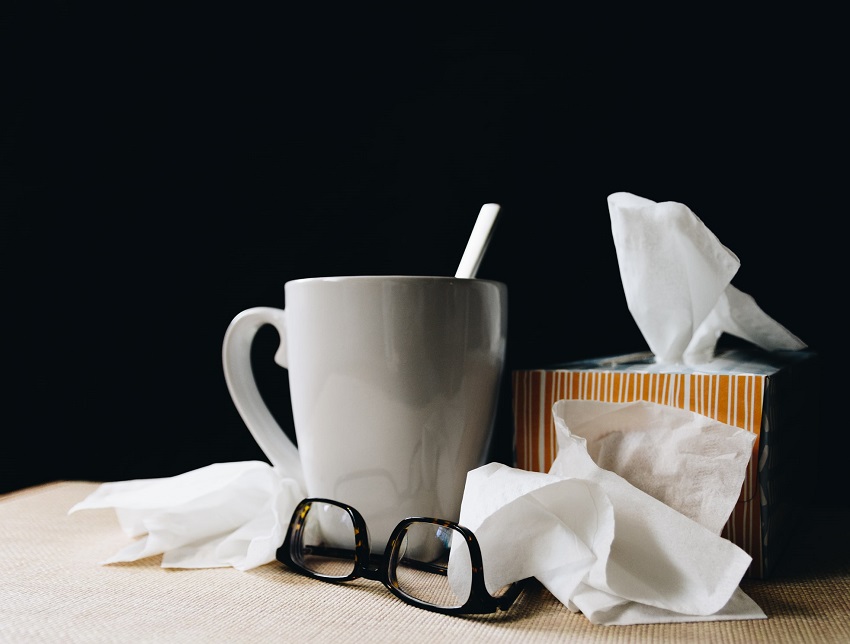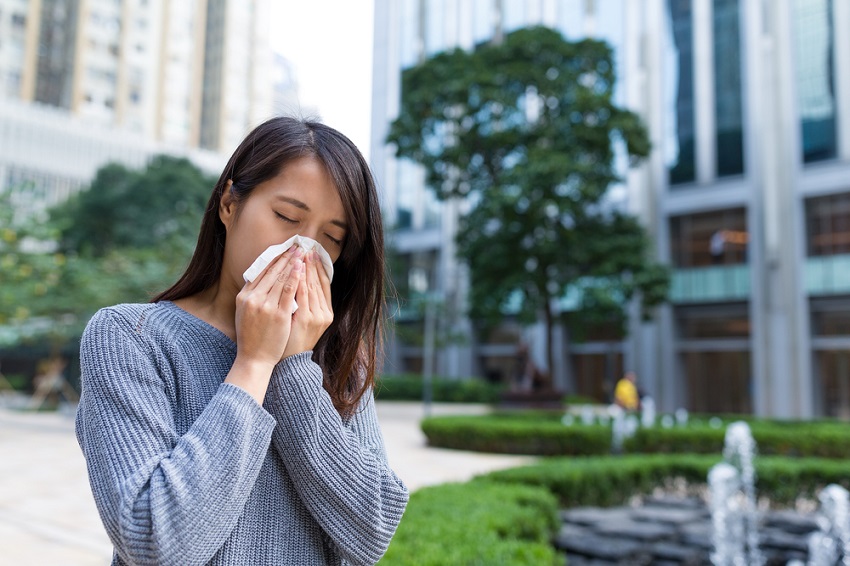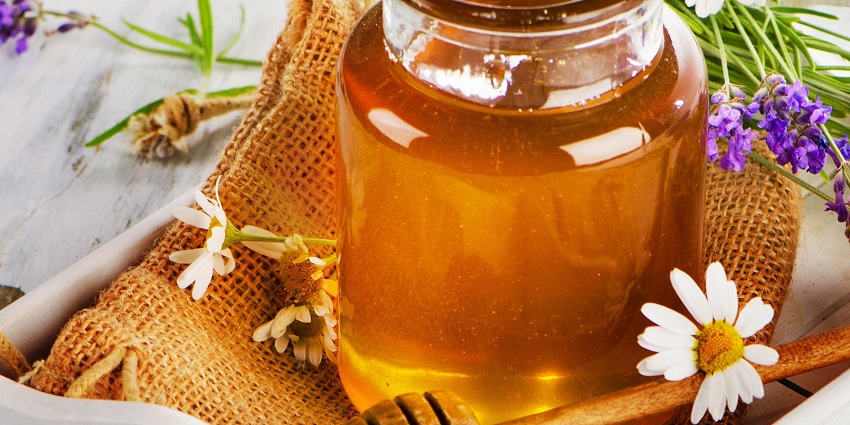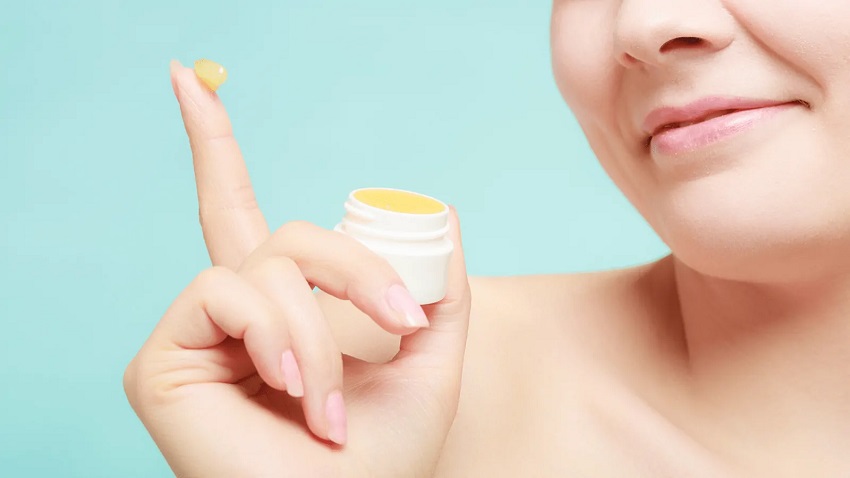
Hay Fever: How to Treat or Manage Your Symptoms
It’s known that nearly 4.5 million people in Australia suffer from hay fever. In Australia, hay fever is caused by pollens, many of which are not native to our country. Wondering how long does hay fiver last? Well, this depends on where you live and which pollens you are allergic to. Melbourne is known for having a relatively short grass pollen season, with the worst being in October and November. In Adelaide, Sydney and Canberra, grass pollen is moderate all spring and gets higher during summer. If you live in Perth and Darwin, you’ll have to deal with grass pollen almost all year.
While there’s currently no cure for hay fever, there is a number of things you can do to help relieve symptoms. Taking a multivitamin to boost your immune system is a great way to get started. Another effective way to control hay fever is to avoid exposure to pollen. Unfortunately, this may not always be possible, especially during the summer months when you want to spend more time outdoors. In this case, treatments are the best option.
Contents
How to Treat Hay Fever?
Hay Fever Spray

Many people who suffer from hay fever get the best relief from a combination of allergy medications. You might need to try a few before you find what works best for you.
Hay fever sprays, when used properly, can help make you more comfortable when your allergies flare up. These sprays are available over the counter or by prescription. Some of them can help address runny nose, redness and itching while others are better at treating watery eyes, congestion and sinus pain. Different types of sprays are available on the market include nasal corticosteroids, antihistamines, decongestants and cromolyn sodium.
Nasal corticosteroids are considered by many the most effective hay fever medications, the reason why it’s often the first type of medication prescribed. These prescription nasal sprays are known to help prevent and treat nasal inflammation, runny and itching nose caused by hay fever. Examples include Nasonex and Rhinocort, which are available by prescription and Rhinocort Allergy and Nasacort Allergy 24 Hours, which are available over the counter. Nasal corticosteroids are a safe, long-term treatment for most individuals. Side effects may include nose irritation and unpleasant smell or taste.
Antihistamines are another common allergy spray used to help with itching, sneezing and a runny nose. However, they have less effect on congestion. They work by blocking a symptom-causing chemical released by your immune system during an allergic reason. Decongestants nasal sprays are can also be used to help alleviate symptoms of hay fever. They’re available over-the-counter but they shouldn’t be used for more than two or three days at a time because they may worsen symptoms when used continuously.
There is also the cromolyn sodium nasal spray. It is available as an over-the-counter hay fever spray and can be used several times a day. Like histamines, it helps relieve hay fever symptoms by preventing the release of histamine. Cromolyn sodium spray is most effective when used before you have symptoms. Plus, it doesn’t have any serious side effects.
Manuka Honey

Many experts agree that eating manuka honey can help with hay fever because it contains small doses of the pollens that trigger the symptoms. According to them, eating manuka honey in small quantities help your immune system learn not to overreact.
Furthermore, research has shown manuka honey to be extremely beneficial for those experiencing a runny nose as a result of hay fever. The manuka honey’s active ingredient methylglyoxal (MGO) has been shown to be effective for treatments against nasal mucus – which is one of the symptoms you experience when you have allergies. In fact, this active ingredient can be an effective treatment for nasal mucus regardless of its source, whether it’s allergies, a cold, flu or respiratory infection. While raw honey may help, manuka honey will go the extra mile to improve the symptom. Organic manuka honey is derived from the nectar of manuka trees and it has additional components to its antimicrobial activity.
Manuka honey is graded using a system called Unique Manuka Factor (UMF). The UMF number on the label (which can range from 5+ to 20+) represents the amount of MGO in the bottle. You will want to get organic Manuka honey with a higher UMF. That is because the higher the UMF rating, the more antibacterial activity the Manuka honey has, hence the more potent it is. Anything that is below 5 isn’t considered medicinal. A rating between 10 and 15 is considered of very high quality.
Manuka honey used to be difficult to find. But thanks to its growing popularity, today you can find this honey at many natural stores and grocery shops. You can also find it online. When it comes to how you can eat Manuka honey, you can add a teaspoon of it to your morning tea or top your granola and yogurt with a delightful drizzle.
Acupuncture

This ancient Chinese medicine is also effective in helping reduce hay fever symptoms such as a runny nose and itchy eyes. Acupuncture uses sterile needles to pinpoint specific areas of the body and helps relieve any symptoms caused by the current ailment. For the best results, experts recommend sufferers have four to six acupuncture sessions before hay fever season starts.
Petroleum Jelly

Petroleum jelly is praised by fever sufferers for being a vital remedy as soon as the weather begins to warm up. Applying a thin layer of this product inside the lower nostrils can help combat hay fever and reduce symptoms significantly as it traps pollen entering the nostrils. Petroleum jelly effectively blocks the pollen from entering the nasal passages and stops hay fever symptoms from worsening.

